I’ve talked a little about our upcoming three month expedition this summer but for the first time I am going to be laying out our route plan and some of the logistics of planning a trip like this!
In the next weeks, I’ll also cover gear, meal planning, and hopefully address most of trip prep questions and provide a resource for anyone else looking to get into expedition planning.
What is the Inside Passage?
This Inside Passage is a roughly 1200 mile route almost entirely protected from the open ocean by islands from Seattle up to Skagway, Alaska. It’s sort of the Pacific Crest Trail but for sea kayakers.
Our route will run roughly from Bellingham, WA up to Glacier Bay with a few small deviations from the traditional route in Northern BC.
While it’s protected most of the way from big ocean swell, we’ll still have to worry about tidal rapids, particularly around Campbell River on Victoria Island and a few other spots. We’ll also have to keep track of tides & weather in general, especially when finding spots to camp. Other points of concern are Cape Caution (open ocean and reefs), the Greenville Channel (narrow & boat traffic, difficult to pull out), and the Dixon Entrance (open water before entering Alaska). The whole trip will absolutely be a challenge, and our route is subject to change based on weather and safety.
For me at least, the goal is to spend 3-4 months out there paddling, not necessarily paddle all the way through to Alaska. If we ferry around Cape Caution, or need to cut our trip short, that is okay with me. I’ve already learned the hard way the risks of tying a trip to a tangible goal, like besting a mountain or circumnavigating an island.
This isn’t a “come hell or high water trip”. Come either of those and hopefully we’ll be on shore. On a trip like this with loaded boats, we usually can make comfortable progress in up to three foot waves (think about head height in a kayak), or larger swell so long as you have a protected place to land. More important than “waves” will be the tide and wind, both of which influence the waves.
Greater than about 25 knots winds is usually a windbound (no paddling) day, but not always— say if the wind is out of the west and you are protected by a piece of land to your immediate west. If you want a visual representation, check out Windy.com. We’ll paddle in the blues and greens, rarely the yellows.
While we’ll definitely see some new challenges out there, I’m grateful I likely won’t be spending the summer outrunning the terrifying August storms of Lake Superior. My old nickname in the Apostles was “lightning rod”.
Logistics & Finances: How much does it cost?
For a someone newer to the sport (sea kayaking), a trip like this could be really pricey (think like 6,000-9,000 a person, maybe more). Lucky for us, we each already have almost all of the gear required. Ebba and I scored some excellent used boats for the trip, I splurged on a new Garmin InReach, a new water filter, and a first aid kit update, but other that that— paddles, drysuit, tents, sleeping bag, cooking equipment, safety equipment— we have all that already, so all gear upgrades are optional.
For food, I’ve made a 14-day meal loop, with a decent chunk of it food I’ve dried beforehand and prepared myself, putting our average food costs at around $2.50 per meal per person.
We plan to camp the entire way, keeping lodging costs extremely low, often zero.
Andy, Ebba and I all work in the outdoor industry, so even the gear we’ve gotten new for the trip we got discounts on. In my case, thanks in large part to readers like you (you ROCK! anyone tell you you look great today? you do!), I’ve been gifted some gear to use and review along the way.
Charts for the area have been expensive, and we’re still pulling together all of the navigation information.
Between the discounts on new gear, in-house meal planning, already owning most of our own gear, shopping used, splitting transportation three ways, doing most boat upgrades and repairs ourselves, camping rather than hotels, ect, the entire trip is going to run us each a lot closer to 3,000 a person than 9,000.
In fact, it will literally be cheaper for us to live out a kayak for three months by a lot than to live in Grand Marais, which says a lot about the housing situation and food costs up here.
If you think this trip sounds awesome, and want to buy us a burger/veggie burger or help with some trip costs, become a paying subscriber of Hello Stranger by smashing that button below! You’ll get access to a backlog of essays & PDF hiking guides, a download of my book, Hidden Gems of the Northern Great Lakes, and will be the first to know when s*%t hits the fan this summer!
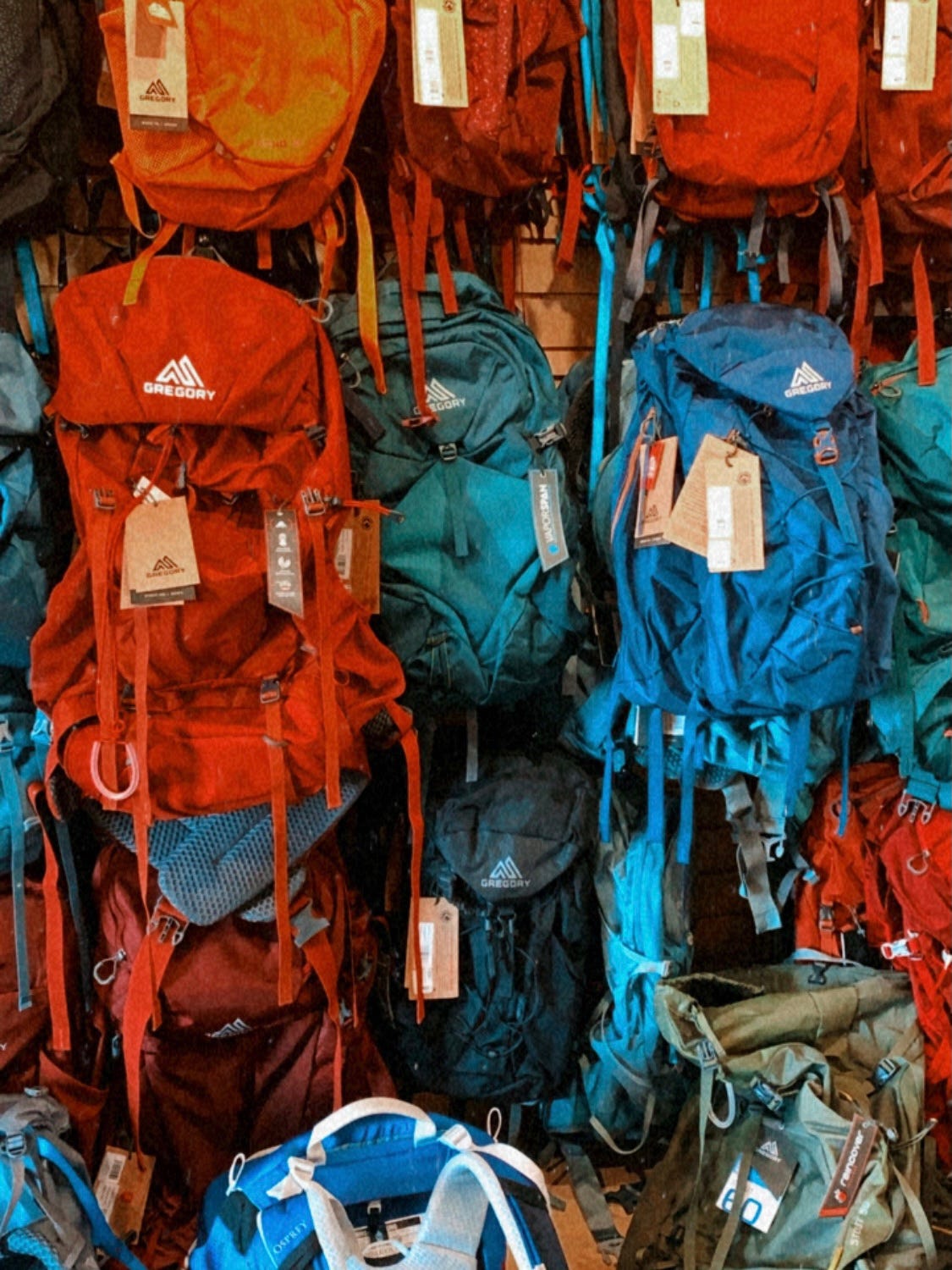
Is it safe?
The concept of safety is extremely relative. When I was 23 and moved to Armenia as a US Peace Corps Volunteer, a lot of people told me that wasn’t safe. A lot of people have told me camping alone isn’t safe, or even jogging alone. In some ways, those people are right.
Safety is a feeling, not a fact.
I feel safe driving my car because I’ve done it often. I also feel a relative safety paddling and traveling and camping, because I’ve done it often.
External risks along the Inside Passage are grizzly bears (we’re eating mostly freeze fried vegetables and rice, no fish, which should help mitigate), navigation hazards (mitigated by our own good judgement), other boat traffic, other humans, weather, and inherent remoteness if anything does go moderately wrong.
My irrational fears include a whale breaching and landing on top of the kayak, and a tsunami sweeping us out to sea in the night.
But realistically, the biggest risk on a trip like this or any trip in the outdoors, is your own judgement and group dynamics. Read any story of a trip gone terribly wrong— Into Thin Air, Mount Hood’s Deadliest Disaster, or even my own Day 13 on Isle Royale — when accidents in the wilderness aren’t freak accidents, they’re often tiny errors in judgement magnified by the stickiness of human communication and a little plain old bad luck.
So is it safe?
No, but neither is getting up and driving to work every day. Neither is going for a jog in the morning; neither is going to a bar wearing a skirt.
Safety gear we’re carrying:
Everyone will be equipped with a full first aid kit.
2 Marine Radios
3 Cellphones (we will have service for a decent portion of the trip)
1 Garmin InReach mini; one full Garmin InReach
3 Bilge Pumps
Paddle float
Signaling Mirror
Whistle attached to each PDF
Spare paddles
Flares (accessible while on water)
Spare layers for warmth
Boat repair kits
Camp gear repair kits
Extra food in the form of noodles, rice, beans, and peanut butter
2 tow belts (it be like that sometimes)
Resources, and lack there of:
We’ve used books Wild Coast 2, Kayaking the Inside Passage, Alone in the Passage, and Spirited Waters (a good book, not necessarily for planning) as resources. Jeremy and Anna’s Blog has been another great resource.
While it’s easy to find information on the route as a whole on the internet, it’s a lot harder to find information on the individual parts.
If you search for “sea kayaking overnight planning Glacier Bay” or “San Juan Islands” or “Apostle Islands”, you usually turn up articles written by people who are clearly not sea kayakers, rather aspiring travel bloggers (I mean me too, can’t judge).
When you’re looking for good and accurate outdoor information online, it becomes abundantly clear that the people who are excellent at Search Engine Optimization (SEO), social media, and marketing, are not the necessarily same people you should take outdoor advice from. I’m not at all saying “Influencers” (a name which in the outdoors disproportionately seems to be leveled at women) are inherently disqualified from giving good outdoor advice— plenty of people are both knowledgeable outdoors people and excellent writers.
SEO and social media incentivize clicky content at the cost of accuracy and responsible information, and it’s on us as writers and people who have positioned ourselves as “experts” to be realistic about what we do and don’t have expertise on.
The sheer lack of good online content about extended trip planning as correlated to specific areas along the Inside Passage was pretty frustrating, but then again, it’s not an isolated issue— there are plenty of downright dangerous articles written by writers who live in Chicago about how you can kayak the Apostle Islands sea caves, or the Pictured Rocks on Lake Superior in an inflatable kayak with a dog in your lap. People have died in inflatable kayaks out there. That’s like heading up a big mountain in the Fall with no map, no water, and no clothes. I’m not saying you’ll die, but I’m saying there’s a chance.
The scary thing is that guy summiting Mount Washington in the fall naked— let’s call him Dave— Dave might make it. Dave might make it to the top and back alive, and he might come down triumphant and mistake his alive-ness for skill, and he might write about it as if he knows what he’s talking about, ignorant to the fact that he got blindingly lucky.
I can’t help but think that would’ve been us on Isle Royale had we not needed help— we’d have thought we could pull off an October circumnavigation with two crossings because we were skilled enough, not realizing we just got lucky.
When it comes down to it you can prepare all you want for the wilderness. You can buy all the fancy gear in the world, set up backup plans on plans, but the best thing you have out there to keep you safe— really safe, not in the imaginary bubble of safety— is your own good judgement, the ability to know the difference between your own luck and skill, and to put yourself in situations where you can rely on that skill, not on luck.

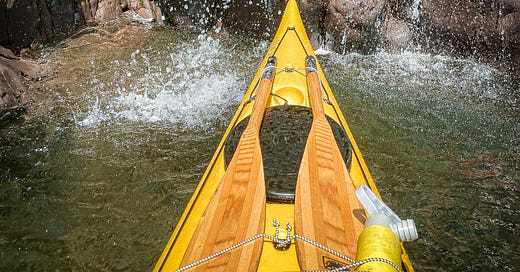


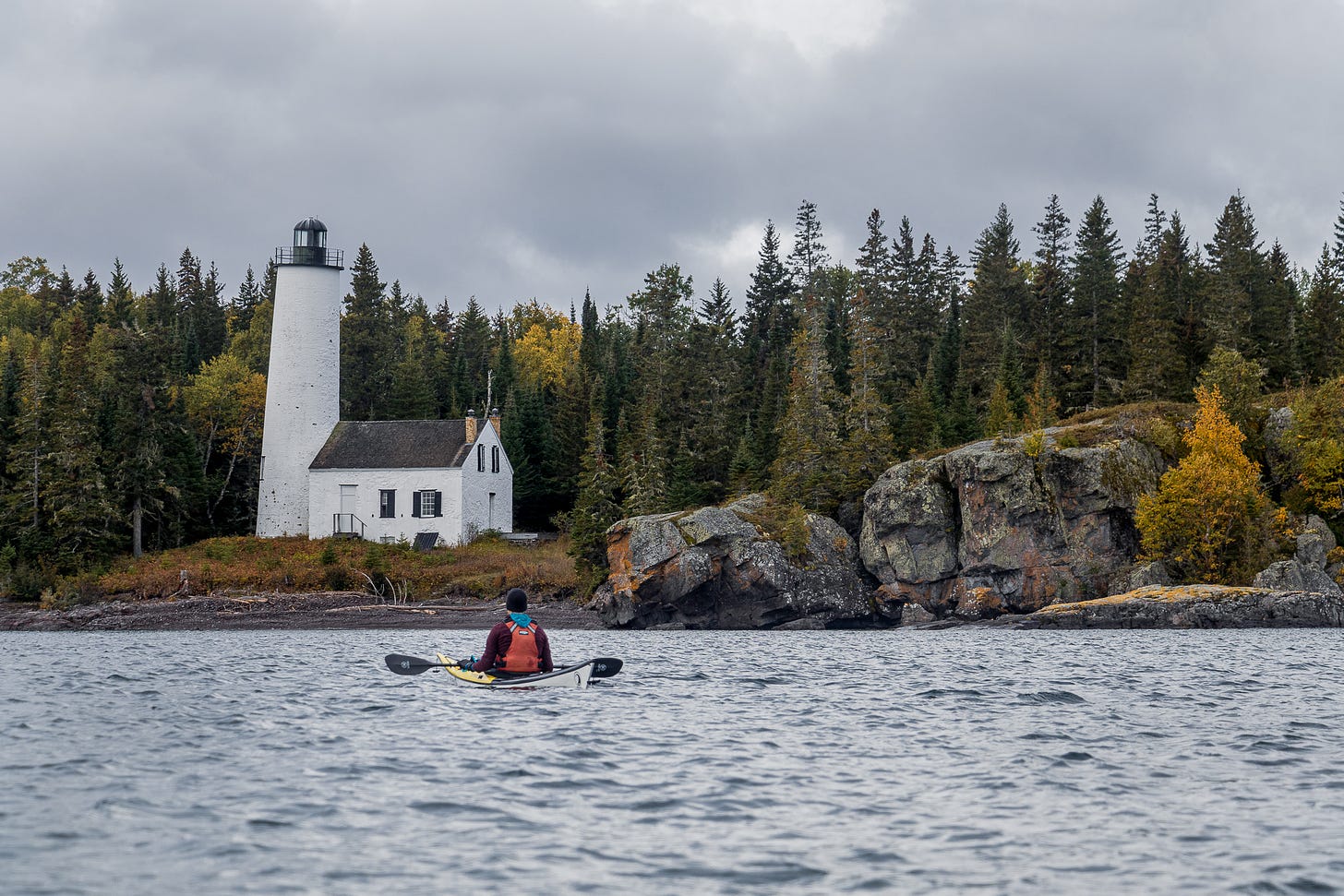
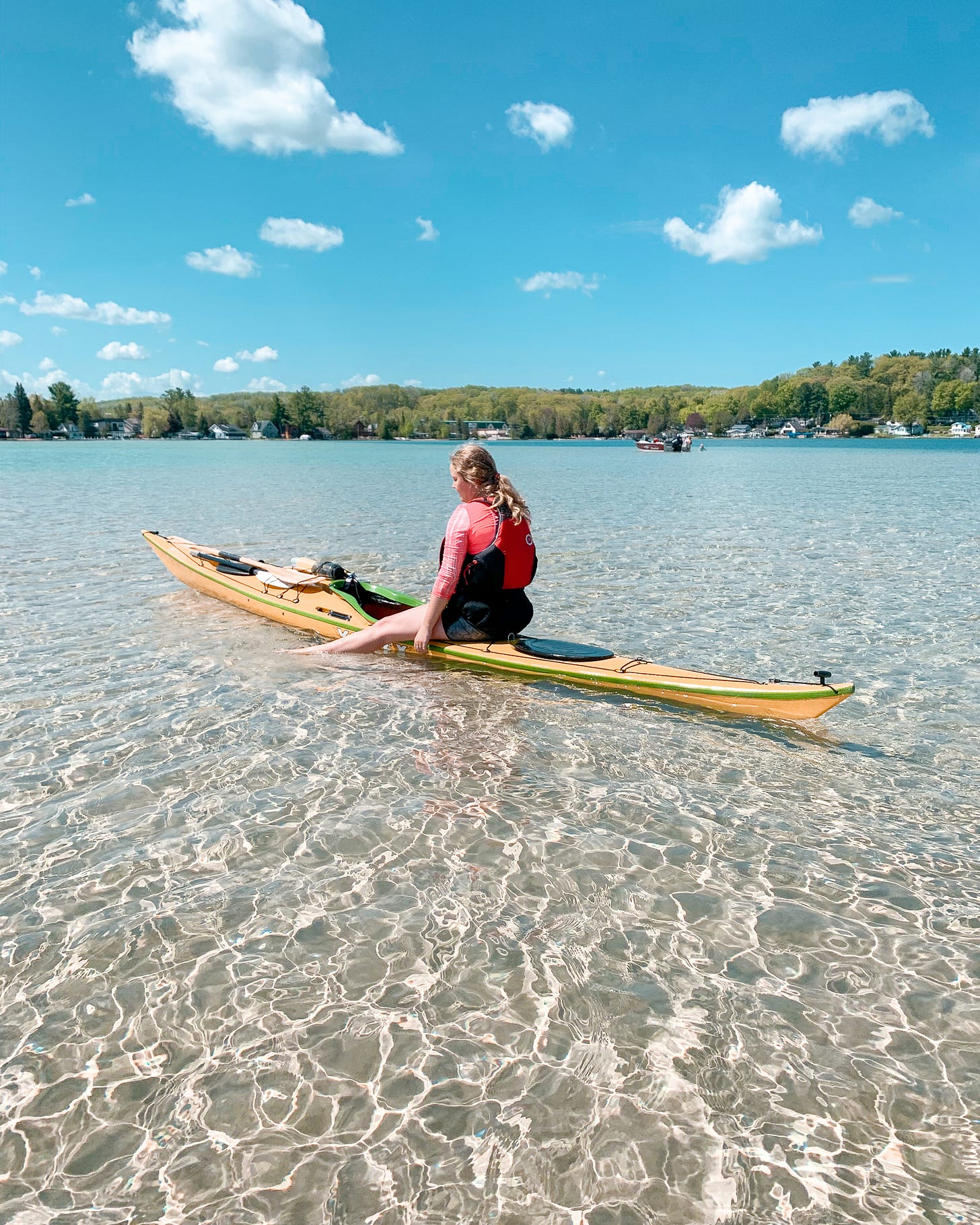

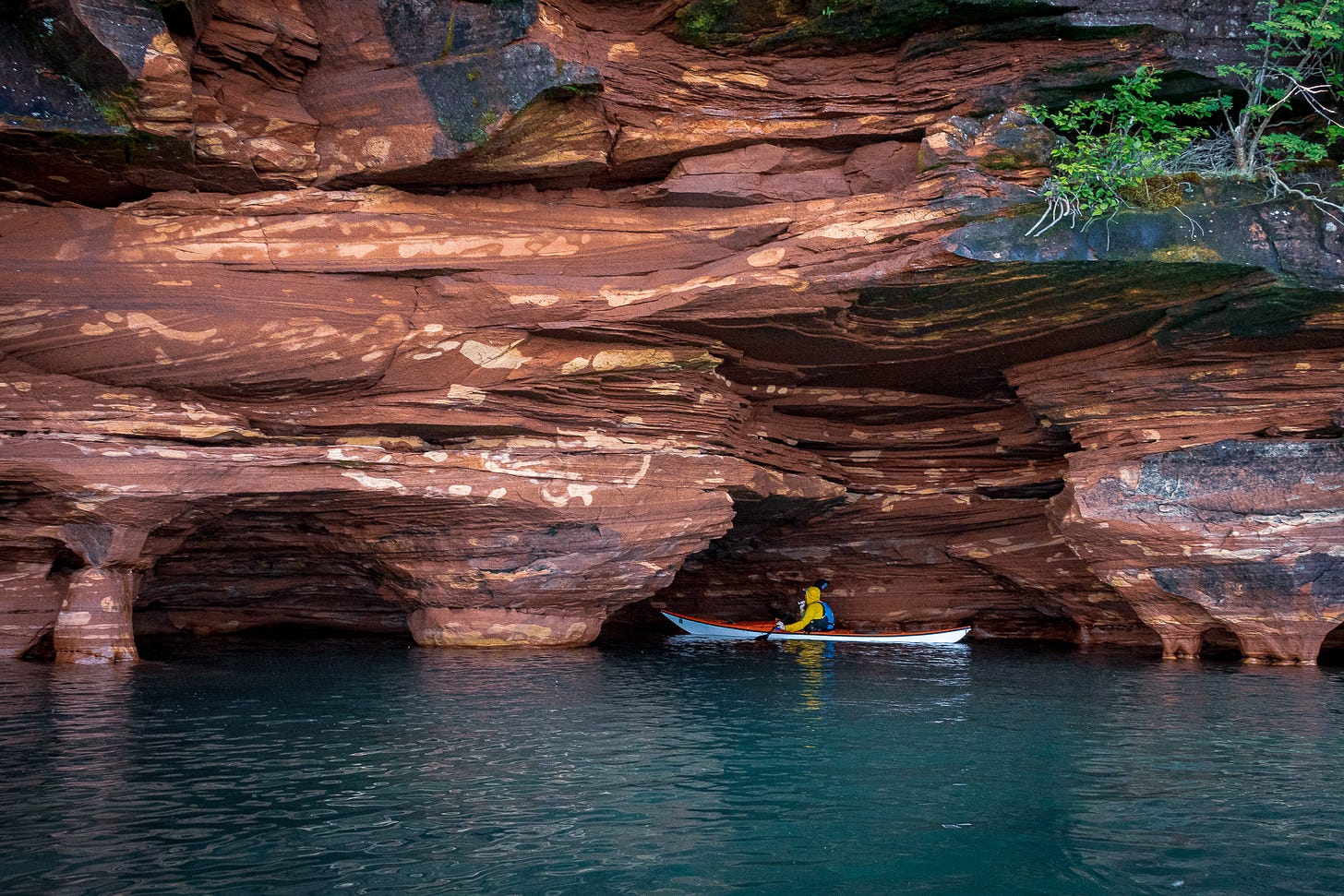
Thanks for sharing your adventures with us. Looking forward to following your big trip. Excited to see our boats going where they never would have gone with us, even if we were 40 years younger like you. Safety over bravery!!
Tom and Deb
I’m a big fan of the step back 5 X 5 process, it works in high risk environments like off shore construction, working at heights, and outdoor recreation. There’s nothing better than making a quick hazard review part of your daily routine, and making communication with your co workers/outdoors partners part of that routine. https://www.safetyrisk.net/wp-content/uploads/downloads/2010/06/Step-back-5x5-presentation.ppt